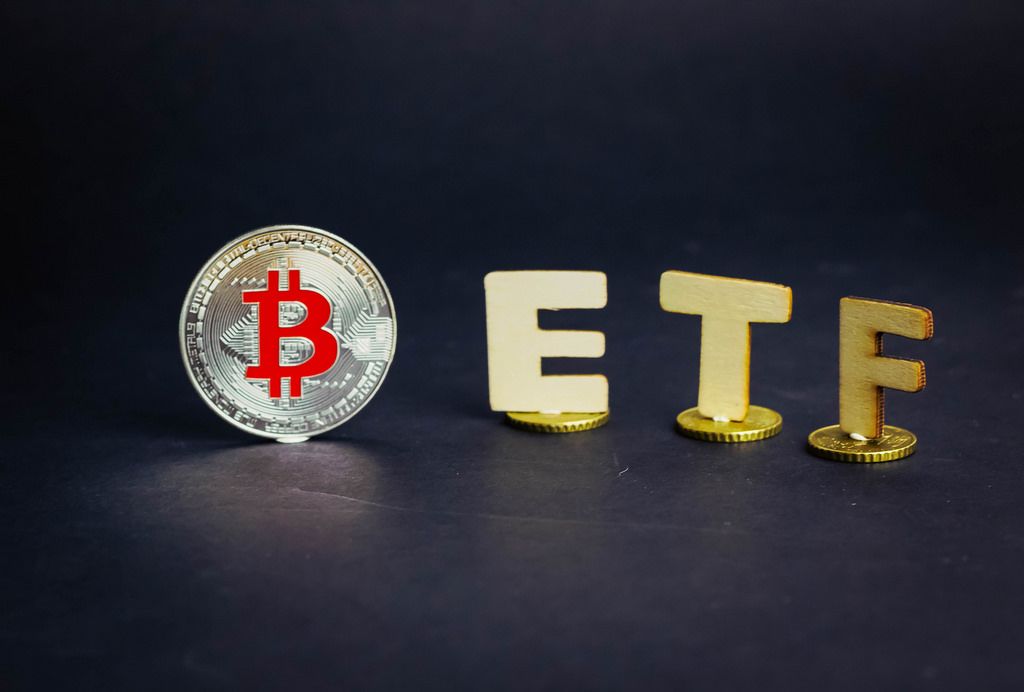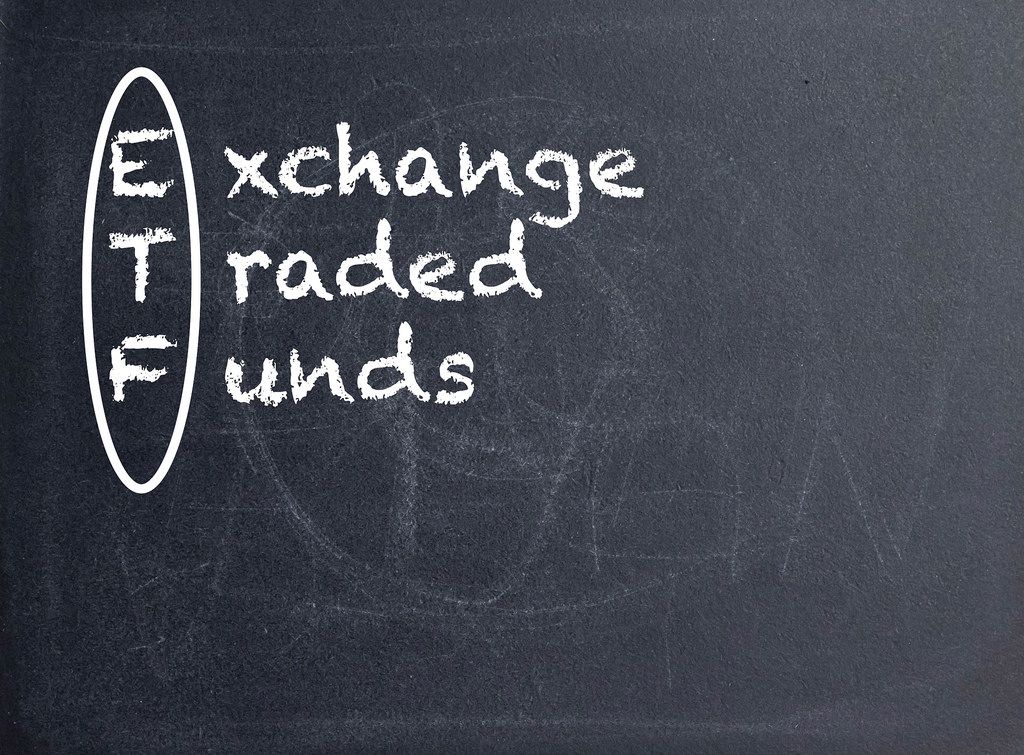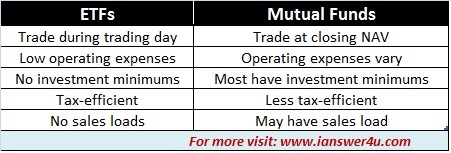Investing in international exchange-traded funds (ETFs) has become increasingly popular among investors seeking to diversify their portfolios and tap into the potential of global markets.
With a wide range of options available, it can be challenging to navigate the world of international ETF funds and select the right ones for your investment goals.
In this article, we will explore the risks and challenges associated with investing in these funds, strategies for selecting the right fund for you, tax considerations, comparisons between emerging and developed markets, real-world examples of successes and failures, tips for managing risks, and ultimately finding opportunities in global markets.
Risks and Challenges of Investing in International ETF Funds
Investing in international ETF (Exchange-Traded Fund) funds comes with its fair share of risks and challenges. Understanding these risks is crucial before diving into this type of investment.
Currency risk is a significant concern when investing internationally. Fluctuations in foreign currencies against your home currency can impact your investment returns positively or negatively. Evaluating currency movements is essential to anticipate potential losses.
Political and economic instability in foreign markets can significantly affect the performance of international ETF funds. Changes in government policies, social unrest, or economic downturns can have a direct impact on investments. Staying informed about the geopolitical landscape is crucial for making better investment decisions.
Regulatory and legal differences across countries are another challenge when investing in international ETFs. Each country has its own financial market regulations and legal frameworks that investors must be aware of to ensure compliance and avoid legal complications.
Certain international markets may have lower liquidity compared to well-established domestic markets. This lack of liquidity can result in wider bid-ask spreads and difficulties executing trades at favorable prices. Considering liquidity conditions is important when investing in specific international markets.
By understanding these risks, investors can make informed decisions while mitigating potential downsides. Thorough research, awareness of geopolitical factors, adherence to local regulations, and consideration of liquidity conditions are key elements for successful investments in international ETF funds.
Strategies for Selecting the Right International ETF Fund
To select the right international ETF fund, consider these strategies:
-
Evaluate the fund’s underlying index or benchmark: Assess its composition, methodology, and historical performance to predict future performance.
-
Analyze tracking error: A lower tracking error indicates a more accurate replication of the index’s performance. Identify if the fund consistently deviates from its benchmark.
-
Assess the fund manager’s expertise: Look for experience in international markets, a strong track record, and knowledge of global market trends.
Consider factors like fees, liquidity, and diversification when making your decision. Compare expense ratios to minimize costs, ensure liquidity for easy trading, and seek diversification across countries and sectors to manage risk.
Remember to regularly review your investment strategy for alignment with financial goals and risk tolerance.
Tax Considerations for International ETF Investments
Investing in international markets requires careful consideration of the tax implications involved. Each country has its own tax regulations regarding investments in foreign securities, and it is crucial to understand these laws to ensure compliance and avoid unexpected tax liabilities.
Double taxation agreements between countries play a significant role in international ETF investments. These agreements aim to prevent individuals or companies from being taxed twice on their income. They can provide tax benefits for investors, such as reduced withholding taxes on dividends or capital gains.
To effectively manage your international ETF investments, it is essential to stay informed about the tax implications. Consult with a qualified tax professional who specializes in cross-border investments to understand the relevant regulations and maximize any available tax treaty benefits.
By addressing the tax considerations associated with international ETF investments proactively, you can make informed decisions while minimizing risks. Understanding the applicable tax laws will help optimize your investment strategy and contribute to achieving your financial goals.
Emerging Markets vs Developed Markets: Choosing the Right Exposure
When investing internationally, two main categories to consider are emerging markets and developed markets. Emerging market ETFs offer higher growth opportunities but also come with higher risks due to volatility and uncertainties. On the other hand, developed market ETFs provide stability and access to well-established companies and industries.
While emerging markets have untapped potential, investing in them requires a higher risk tolerance. Developed markets offer a more conservative approach with lower risk but steady returns. Consider your risk tolerance and investment objectives when deciding where to allocate your funds for international investments.
Real World Examples: Notable Successes and Failures with International ETF Funds
When examining the performance of international ETF funds, it is essential to delve into real-world examples that provide valuable insights. These examples shed light on both the notable successes and failures experienced within this investment realm.
Let’s explore a specific international ETF fund that achieved remarkable results. This success story serves as an illustration of the potential rewards that can be reaped in this market. By analyzing the factors that contributed to its triumph, investors can gain valuable knowledge and apply it to their own strategies.
On the other hand, there are instances where an international ETF investment does not perform as expected, leading to disappointing outcomes. It is essential to examine these cases closely, understanding the contributing factors behind their failure.
This analysis enables investors to learn from past mistakes and make more informed decisions when navigating the complexities of international ETF funds.
By delving into real-world examples of both successes and failures with international ETF funds, investors can gain a comprehensive understanding of this investment landscape.
It allows them to evaluate different strategies, identify potential pitfalls, and make informed decisions based on historical data rather than relying solely on theoretical concepts or speculation. The lessons learned from these examples can serve as valuable guidance for anyone venturing into the world of international ETF investments.
Tips for Managing Risks with International ETF Funds
Investing in international exchange-traded funds (ETFs) brings opportunities and risks. To protect your portfolio, consider these tips:
- Diversify across different asset classes within your international portfolio to reduce exposure to specific market or sector risks.
- Stay informed about geopolitical events, economic indicators, and policy changes that may impact foreign markets.
- Understand currency risk and consider hedging strategies to mitigate potential losses from fluctuating exchange rates.
- Regularly review and rebalance your portfolio to maintain a balanced investment strategy.
By following these tips, you can navigate the complexities of international ETF investing and enhance the likelihood of long-term success.
Conclusion: Finding Opportunities in Global Markets
[lyte id=’4e8YHjcPs38′]






